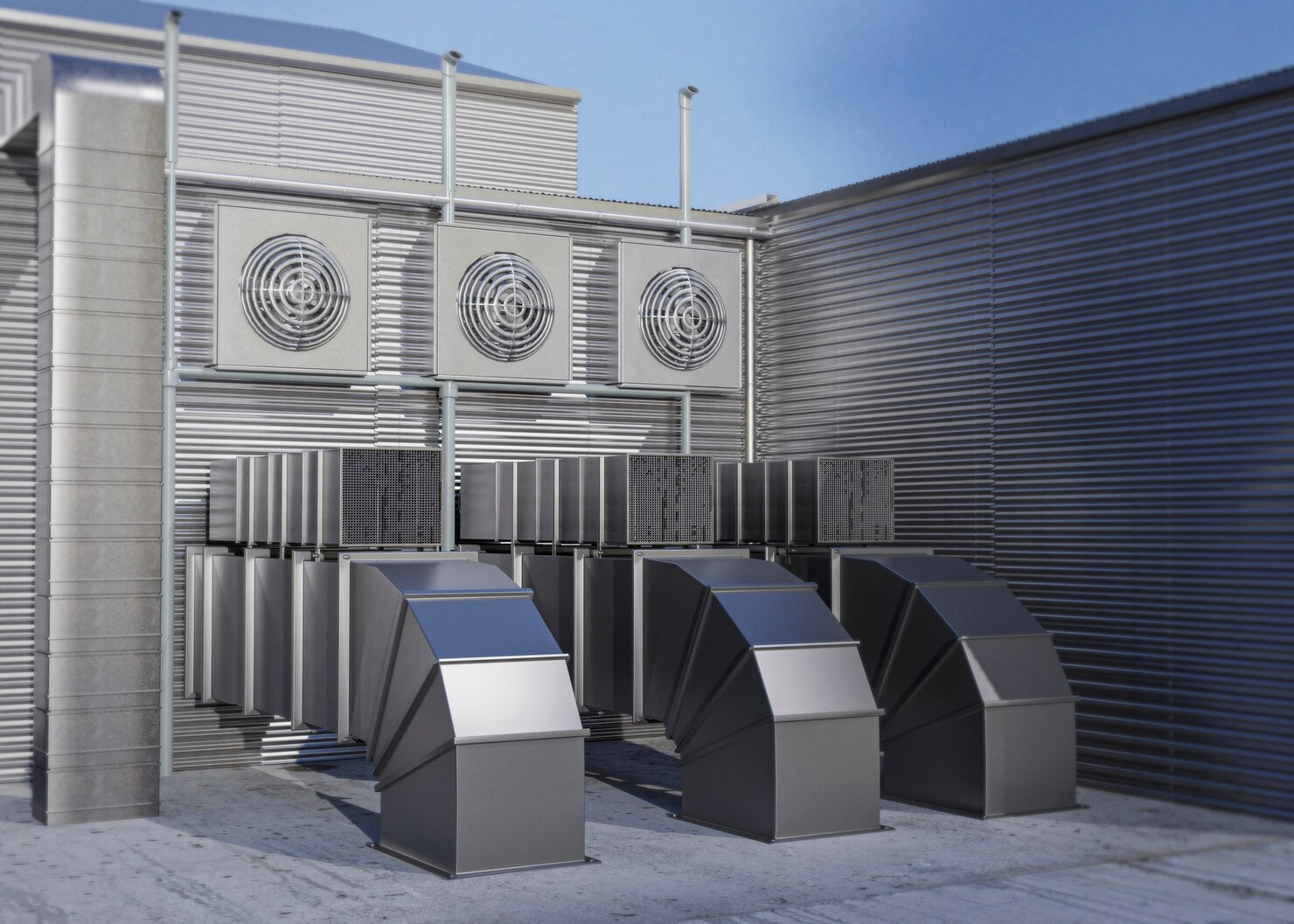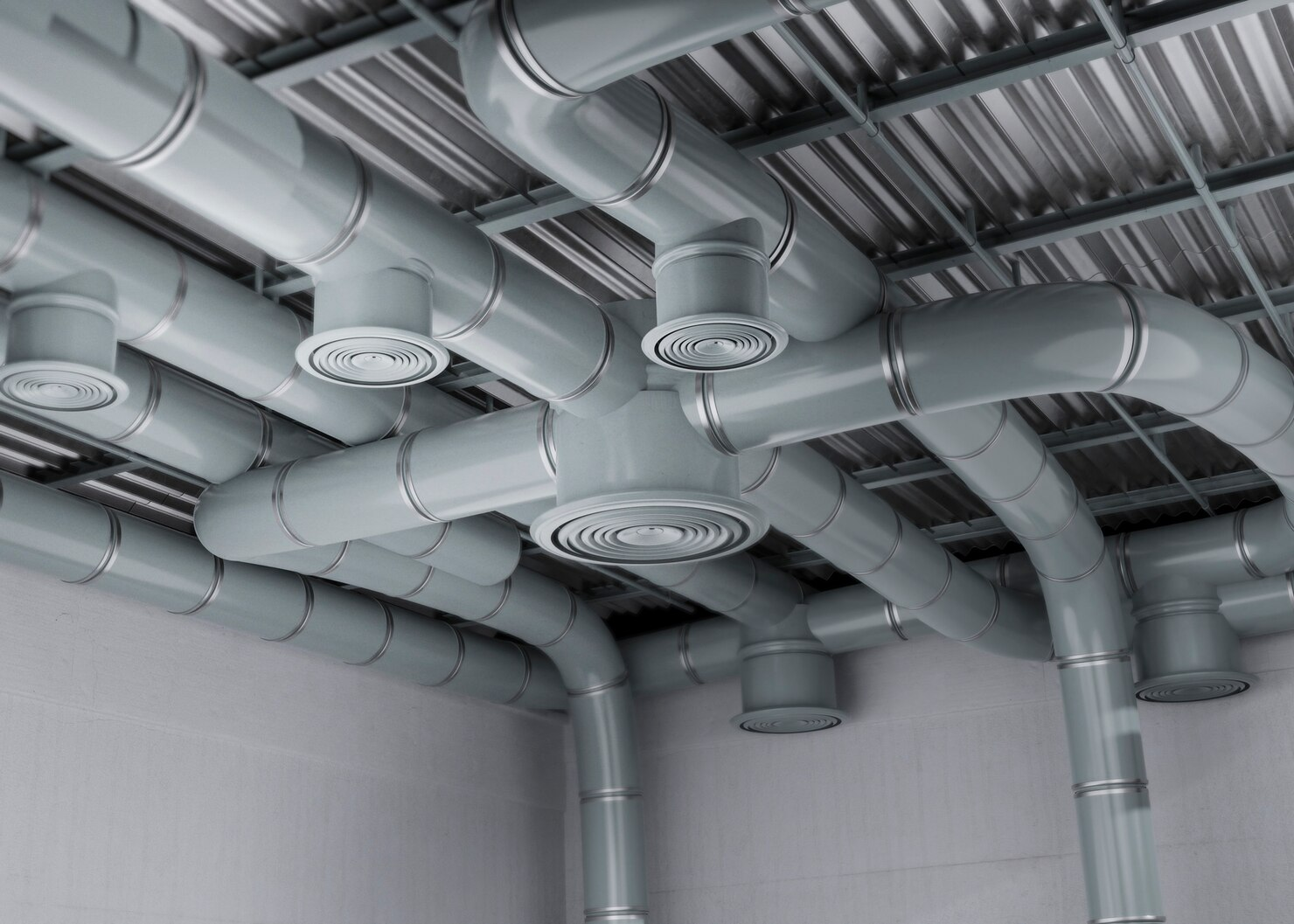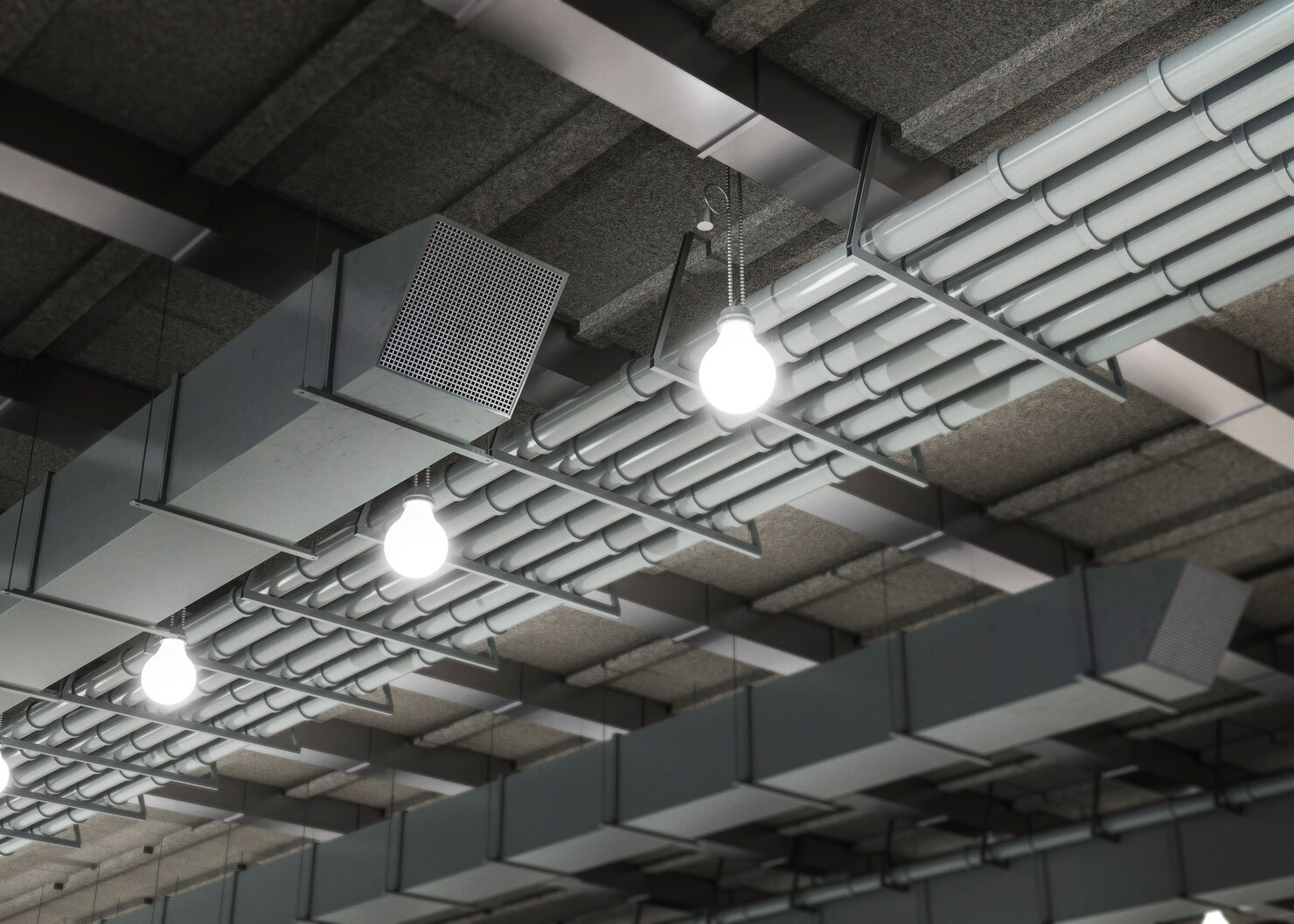
Warehouse Ventilation: Types, Design, and Applications
The importance of effective ventilation in warehouse management cannot be overstated. It is a critical aspect that impacts everything from air quality and temperature control to employee health and product preservation. Warehouse ventilation system types, design considerations, and essential balances between natural and systematic ventilation strategies are all important considerations for a properly ventilated warehouse.
Understanding Warehouse Ventilation
Warehouse ventilation goes beyond just air circulation. It encompasses managing airflow to maintain appropriate temperature, reduce humidity, and eliminate pollutants and odors. Properly ventilated warehouses provide safe and productive environments for occupants and the materials stored in them. The requirement for effective ventilation is especially important in warehouses that store perishable goods, chemicals, or electronics, where air quality can significantly impact the integrity and longevity of products.
Types of Warehouse Ventilation Systems
Warehouse ventilation systems can be broken largely into two parts:
- Natural ventilation systems
- Mechanical ventilation systems
Natural ventilation uses passive airflow through windows, vents, or other openings. It is energy-efficient and cost-effective but depends heavily on external weather conditions, which can lead to inconsistency in air quality control. Natural ventilation is cheaper to install and free to operate, but with minimal control of the results.
Mechanical ventilation systems involve fans, ducts, and other equipment. This method offers more controlled and consistent airflow by mechanically moving, filtering, and sometimes conditioning the air in the warehouse. It is adaptable to specific warehouse needs, but requires a higher investment in installation and maintenance. While these systems are more expensive to install and operate, they provide much tighter control over the environment in the warehouse.
Designing and Implementing Warehouse Ventilation

Effective ventilation implementation requires a tailored approach that considers factors such as warehouse size, layout, and stored materials. For example, a warehouse that stores volatile chemicals requires a more sophisticated ventilation system compared to one storing non-perishable goods. Key steps in implementing effective ventilation include a detailed assessment of ventilation needs, understanding local climate patterns, and ensuring compliance with safety standards and regulations. After gathering this initial information, the design of the warehouse ventilation system can begin.
Air Flow Requirements
How the warehouse will be used and the number of occupants in the warehouse will directly contribute to the amount of ventilation required. The types of materials in the warehouse will determine the impact on indoor air quality and how much ventilation is required to keep the warehouse space under control.
Any exhaust air will need to be from an outdoor air source to maintain proper building pressure in the warehouse. Once all of the numbers are balanced, you’ll have the proper refresh rate or the number of air changes per hour (ACH) that the warehouse needs. This will allow for proper sizing of air-handling equipment
Layout and Positioning
Within the warehouse, it is important to look at the layout of the ventilation system. Flow rates and duct positions are critical for keeping a warehouse properly ventilated. Air control devices are used to balance flow rates in a duct system to ensure proper air delivery to different locations of the warehouse. Source control is important for exhausting pollutants right at their source. Supply ducts should also be positioned to aid in the movement of air through the warehouse in a controlled manner.
Conditioning Requirements
The more conditioning that is performed on the warehouse air, the higher the equipment and operating costs will be. While most air should be filtered before being brought into the warehouse or recirculated, some warehouses will also need temperature or humidity conditioning on the air stream. This can be accomplished with many different types of components including direct expansion equipment or evaporative cooling systems. Warehouses that store pharmaceuticals or electronics for example may have much stricter requirements than warehouses for building materials.
Designing a warehouse ventilation system demands an intricate understanding of various factors that include the building’s architecture, internal heat sources, and the nature of the stored products. Specialists must evaluate the specific airflow patterns required by integrating factors like ceiling height and the presence of machinery or sources of pollutants. Taking all of these aspects into consideration is required to design a system that meets the unique requirements to ensure effective and efficient ventilation.
Ventilation Requirements and Codes
Adhering to local building codes, OSHA regulations, and industry-specific guidelines is not only a legal obligation, it is a crucial aspect of maintaining a safe and healthy work environment. These standards are designed to ensure that ventilation systems minimize health hazards, such as air pollutants and extreme temperatures, and enhance the overall safety of the warehouse environment.
In addition to proper ventilation, OSHA standards also serve to protect workers from excessively noisy environments which can be especially dangerous in a warehouse. Consider sound control solutions to ensure the ventilation system does not end up contributing to noise pollution in a warehouse.
Advantages of Effective Warehouse Ventilation

In commercial warehouses, where operations are often extensive and continuous, the demand for high-performing ventilation systems is paramount. These settings necessitate systems that can efficiently manage large air volumes and diverse temperature ranges.
Properly ventilated warehouses yield numerous benefits, from enhancing worker productivity to preserving the quality of stored goods. Effective ventilation systems prevent the accumulation of harmful fumes and control moisture levels by reducing the risk of mold and product degradation. In the long term, these factors contribute to a healthier workplace and can lead to significant operational cost savings.
Warehouse Ventilation: A Breath of Fresh Air
A well-designed and effective ventilation system is a cornerstone of modern warehouse operations that helps to ensure a safe, comfortable, and productive environment for workers and safeguard the quality of stored products. By comprehensively understanding the various systems, adhering to regulatory standards, and embracing innovative solutions, warehouse managers can create an optimal environment for both employees and goods.
The products and solutions highlighted in this guide are a starting point for those seeking advanced, customizable ventilation solutions tailored to their specific needs. To learn more about warehouse ventilation, reach out to the highly trained warehouse ventilation experts at Metal Form Manufacturing today!
